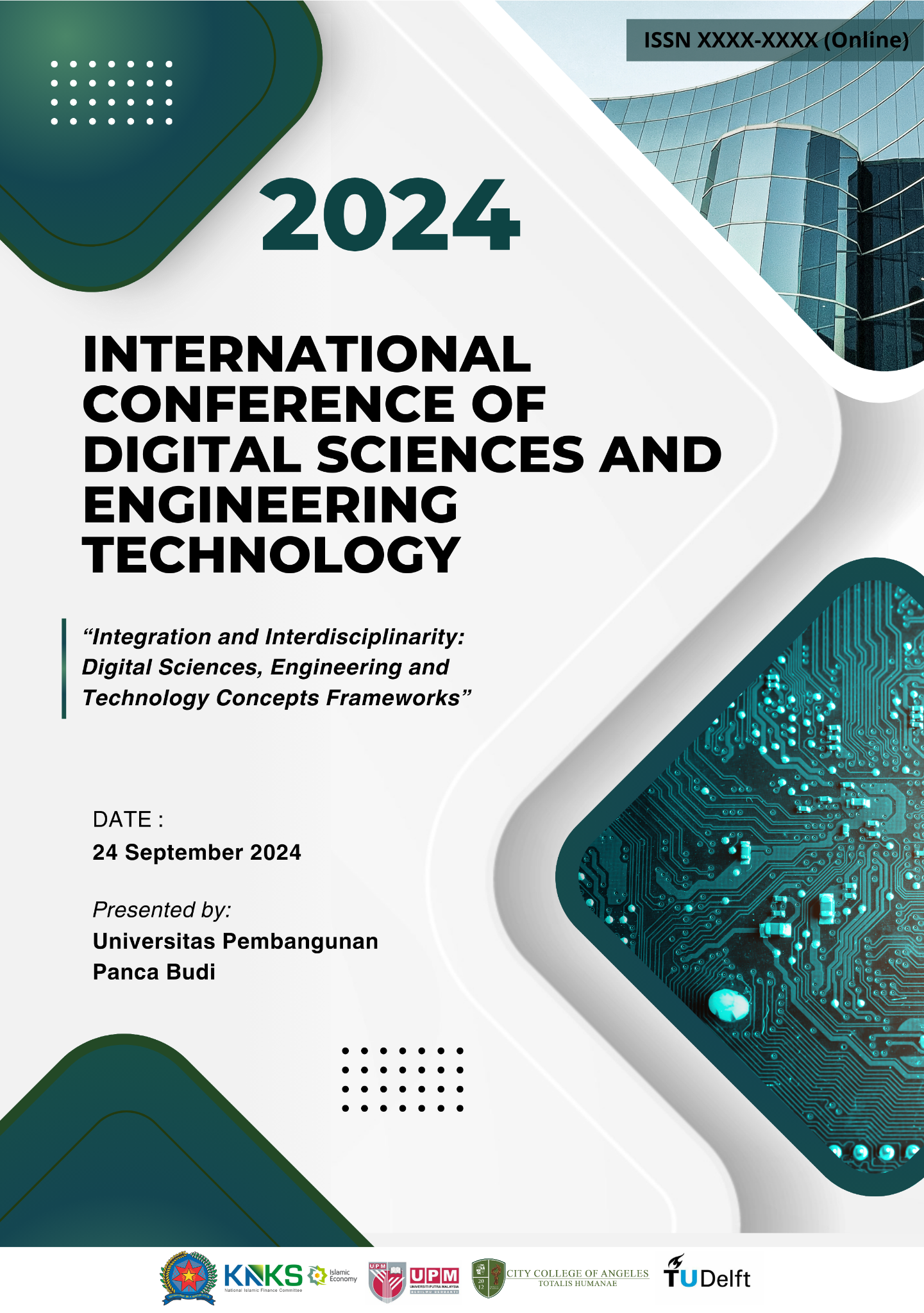Implementation of Smart Traffic Light Based on PLC and Sensors
Keywords:
Traffic Light, PLC, Infrared Sensor, Congestion, Traffic Management System.Abstract
This study discusses the implementation of a smart traffic light system based on a Programmable Logic Controller (PLC) and sensors to improve traffic flow efficiency and reduce congestion at intersections. This system is designed to detect the presence of vehicles using infrared sensors integrated with a PLC, which functions to dynamically adjust the duration of green, yellow, and red lights based on traffic volume. By using an algorithm that calculates the time required for the green light to turn on based on the number of detected vehicles, this system is able to optimize vehicle waiting time. The test results show that the implementation of this system can reduce the average waiting time by up to 20% and improve safety at intersections. This study also identifies potential for further development, such as the use of cameras for vehicle detection and increasing the number of sensors for wider coverage. Thus, this smart traffic light system is expected to provide an effective solution to the problem of congestion in urban areas.
References
Abdalla, A. N., Lubis, Z., Mohamed, M., & Ali, Z. M., 2010, A new series-parallel hybrid electric vehicle configuration based on an induction motor coupled toDC machine. 5(24), 4034–4043.
Aryza, S., Irwanto, M., Khairunizam, W., Lubis, Z., Putri, M., Ramadhan, A., Hulu, F. N., Wibowo, P., Novalianda, S., & Rahim, R.,2018, An effect sensitivity harmonics of rotor induction motors based on fuzzy logic. International Journal of Engineering and Technology(UAE), 7(2.13 Special Issue 13), 418–420. https://doi.org/10.14419/ijet.v7i2.13.16 936
Aryza, S., Lubis, Z., & Indrawan, M. I. (2021). ANALISA BARU DALAM MENDETEKSI LETAK GANGGUAN HUBUNG SINGKAT JARINGAN 1 FASA. Jurnal Abdi Ilmu, 13(2), 175-186.
Brown, L., & Green, M. (2019). Sensor technologies for smart traffic lights. International Journal of Transportation Science and Technology, 8(2), 123-134.
Indar Sugiarto, Thiang Thiang, & Timothy Joy Siswanto. 2008, Disain dan Implementasi Modul Akuisisi Data sebagai Alternatif Modul DAQ LabVIEW. Jurnal Teknik Elektro, 8(1), 30–37. http://puslit2.petra.ac.id/ejournal/index. php/elk/article/view/17353
Johnson, R. (2021). Integration of PLC and sensors in traffic control systems. IEEE Transactions on Intelligent Transportation Systems, 22(4), 567-578.
Kurniawan, E., Ekaputri, C., Elektro, F. T., Telkom, U., & Surya, T., 2016, Perancangan Dan Implementasi Tenaga Surya Sebagai Catu Daya Pada Skuter Beroda DuamSeimbang Otomatis Universitas Telkom (Design and Implementation of Solar Energy as Power Supply On Self Balanced Two-Wheeled Scooter)
Lee, K., & Park, S. (2022). Case study: Smart traffic light implementation in urban areas. Transportation Research Part C: Emerging Technologies, 34, 89-102.
R. Tri Lubis, “Rancang Bangun Antena Mikrostrip Array 4 Elemen Patcg Rectangular Pada Frekuensi 1,8 GHz untuk RF ENErgy Harvesting” Universitas Sumatera Utara,2017.
Smith, J. (2020). Programmable logic controllers in traffic systems. Journal of Traffic Management, 12(3), 45-58.
Wang, Y. (2023). Challenges and future prospects of smart traffic systems. Journal of Advanced Transportation, 47(5), 345-359.
Downloads
Published
How to Cite
Issue
Section
License
Copyright (c) 2024 Tondi Syafru Tama Siregar; Zuraidah Tharo, Dino Erivianto

This work is licensed under a Creative Commons Attribution-ShareAlike 4.0 International License.















